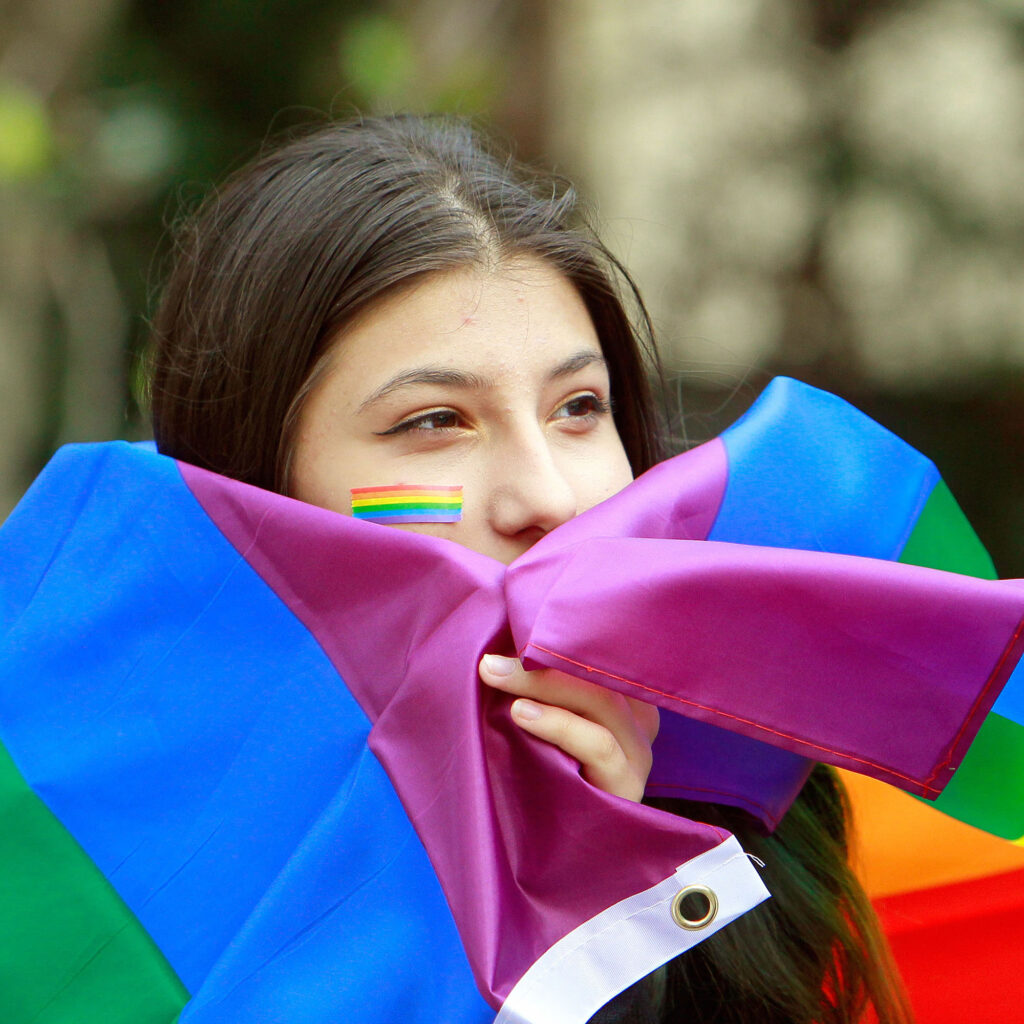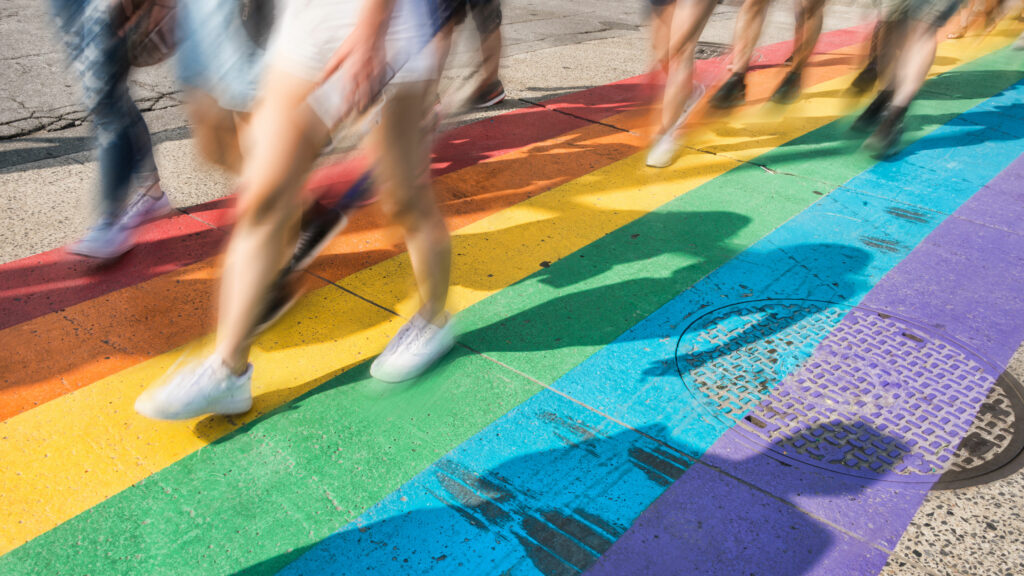Discrimination against the LGBTQ (Lesbian, Gay, Bisexual, Transgender, Queer) community remains a pressing issue in today’s society. Despite significant progress toward equality, many individuals continue to face various forms of discrimination based on their sexual orientation or gender identity. This article explores the different types of LGBTQ discrimination, its consequences, and the ongoing efforts to combat it.
Contents
Forms of LGBTQ Discrimination
LGBTQ discrimination can manifest in several areas of life, including employment, housing, healthcare, public accommodation, and education. Understanding these different forms is crucial in addressing the challenges faced by the LGBTQ community.
Employment Discrimination

Employment discrimination against LGBTQ+ individuals occurs when they face unfair treatment in the workplace based on their sexual orientation, gender identity, or gender expression. This form of discrimination can manifest in several ways:
- Hiring Bias: LGBTQ+ individuals may be passed over for job opportunities because of their sexual orientation or gender identity, even if they are qualified for the position.
- Promotion and Advancement: Qualified LGBTQ+ employees may be denied promotions or career advancement opportunities due to discriminatory attitudes or biases.
- Unequal Pay: LGBTQ+ individuals may be paid less than their heterosexual or cisgender counterparts for performing the same job with the same qualifications and experience.
- Harassment and Hostile Work Environment: LGBTQ+ employees may face verbal, physical, or psychological harassment from colleagues, supervisors, or even customers based on their sexual orientation or gender identity. A hostile work environment can lead to stress, anxiety, and a decline in work performance.
- Wrongful Termination: In some cases, LGBTQ+ individuals may be fired or dismissed from their jobs solely because of their sexual orientation or gender identity, which is not only discriminatory but also illegal in many jurisdictions.
- Lack of Employment Benefits: LGBTQ+ employees may be denied access to the same benefits and protections that heterosexual or cisgender employees receive, such as health insurance coverage for same-sex partners or transgender-inclusive healthcare benefits.
Housing Discrimination
Housing discrimination against LGBTQ+ individuals occurs when they face unequal or unfair treatment in accessing housing, either in the rental or sales market, due to their sexual orientation, gender identity, or gender expression. This type of discrimination can take several forms:
- Refusal to Rent or Sell: LGBTQ+ individuals may be denied the opportunity to rent or purchase housing based on their sexual orientation or gender identity. Landlords or sellers might openly express their bias or use subtle ways to discourage LGBTQ+ individuals from applying.
- Steering: This occurs when real estate agents direct LGBTQ+ individuals away from specific neighborhoods or properties based on their sexual orientation or gender identity, perpetuating housing segregation.
- Unequal Terms and Conditions: LGBTQ+ individuals might face different rental or sales terms compared to others, such as higher security deposits, increased rent, or unfavorable financing options, solely based on their sexual orientation or gender identity.
- Harassment and Intimidation: LGBTQ+ individuals living in rental properties can experience harassment or intimidation from landlords, property managers, or neighbors due to their sexual orientation or gender identity. This can create a hostile living environment.
- Eviction or Non-Renewal of Lease: Some LGBTQ+ tenants may face eviction or non-renewal of their lease after their sexual orientation or gender identity becomes known to the landlord or property management.
Healthcare Discrimination
Healthcare discrimination against LGBTQ+ individuals occurs when they receive unequal or substandard medical care based on their sexual orientation, gender identity, or gender expression. This form of discrimination can happen in various ways and can have serious implications for the health and well-being of LGBTQ+ patients. Some examples of healthcare discrimination include:
- Lack of LGBTQ+ Cultural Competence: Healthcare providers may lack knowledge and understanding of LGBTQ+ health issues, leading to inadequate care and inappropriate or insensitive treatment.
- Refusal of Care: Some healthcare providers may refuse to treat LGBTQ+ individuals or deny them certain medical services based on their sexual orientation or gender identity, citing religious or moral objections.
- Inappropriate Questions and Assumptions: Patients may encounter healthcare professionals who ask irrelevant or intrusive questions about their sexual orientation or gender identity, making them uncomfortable and undermining their trust in the provider.
- Misdiagnosis or Delayed Diagnosis: Healthcare professionals may misdiagnose or delay the diagnosis of medical conditions in LGBTQ+ individuals due to assumptions about their health or dismissing their concerns.
- Discrimination in Mental Health Services: LGBTQ+ individuals seeking mental health support may face discrimination or lack of understanding from mental health providers, leading to inadequate treatment.
Public Accommodation Discrimination

Public accommodation discrimination against LGBTQ+ individuals occurs when they are denied equal access to goods, services, facilities, or public spaces based on their sexual orientation, gender identity, or gender expression. This form of discrimination can occur in various places open to the public, such as restaurants, hotels, stores, theaters, healthcare facilities, public transportation, and other establishments. Some examples of public accommodation discrimination include:
- Denial of Service: LGBTQ+ individuals may be refused service or entry to places of public accommodation simply because of their sexual orientation or gender identity.
- Unequal Treatment: Some businesses or establishments may provide different treatment or services to LGBTQ+ individuals compared to others, such as offering subpar services or amenities.
- Harassment and Hostile Environment: LGBTQ+ individuals can experience harassment, derogatory comments, or offensive behavior from staff or other patrons in public spaces.
- Gender-Segregated Facilities: Transgender and gender-nonconforming individuals may face discrimination when using gender-segregated facilities, such as restrooms or locker rooms, that correspond to their gender identity.
- Public Events and Activities: LGBTQ+ individuals may be excluded or discouraged from participating in public events, activities, or organizations due to their sexual orientation or gender identity.
Consequences of LGBTQ Discrimination
LGBTQ+ discrimination can have severe and far-reaching consequences for individuals, communities, and society. Some of the key consequences of LGBTQ+ discrimination include:
- Mental and Emotional Health Issues: LGBTQ+ individuals who face discrimination often experience higher levels of stress, anxiety, depression, and other mental health challenges. The constant fear of discrimination against or experiencing rejection can take a significant toll on their well-being.
- Physical Health Disparities: Discrimination can lead to delayed or inadequate access to healthcare, resulting in physical health disparities for LGBTQ+ individuals. They may be less likely to seek medical care or preventive services due to past negative experiences with healthcare providers.
- Social Isolation and Rejection: Discrimination can lead to social isolation, as LGBTQ+ individuals may face rejection from their families, communities, or religious institutions. This isolation can negatively impact their support systems and overall sense of belonging.
- Homelessness: LGBTQ+ youth are disproportionately affected by homelessness due to family rejection and discrimination. They may face challenges in accessing safe and supportive housing, leading to higher rates of homelessness.
- Suicide and Self-Harm: LGBTQ+ individuals who experience discrimination are at higher risk of suicidal ideation and self-harm. The stress and emotional pain caused by discrimination can exacerbate feelings of hopelessness and despair.
- Hate Crimes and Violence: Discrimination can contribute to an environment of hostility and prejudice, increasing the likelihood of hate crimes and violence against LGBTQ+ individuals.
- Stigma and Internalized Homophobia/Transphobia: Experiencing discrimination can lead to internalized homophobia or transphobia, where LGBTQ+ individuals may start to internalize negative beliefs about their own sexual orientation or gender identity.
- Reduced Participation in Public Life: Discrimination may deter LGBTQ+ individuals from participating fully in public life and community activities, leading to reduced civic engagement and a sense of disconnection from society.
The Fight Against LGBTQ Discrimination

Efforts to combat LGBTQ discrimination have made significant strides in recent years, aiming to create a more inclusive and accepting society. Legal protections and advocacy efforts play a crucial role in securing equal rights for LGBTQ individuals.
Legal Protection and Advocacy Efforts
Laws and policies help to protect LGBTQ individuals from discrimination. Anti-discrimination legislation, hate crime laws, and marriage equality laws are some examples of legal measures that aim to ensure equal treatment and protection under the law. Additionally, advocacy organizations actively work to raise awareness, lobby for policy changes, and provide legal support to those facing discrimination.
LGBTQ Support Organizations
Numerous organizations and support networks focus on empowering LGBTQ individuals and promoting inclusivity. These organizations provide resources, education, and counseling services to address the challenges faced by the LGBTQ community. They also foster community building, offering safe spaces and support for individuals to connect and share their experiences.
Overcoming LGBTQ Discrimination: Empowering Solutions
To combat LGBTQ discrimination effectively, it is essential to implement empowering solutions that promote education, awareness, and inclusivity.
Education and Awareness
Educating society about LGBTQ issues and dismantling misconceptions is crucial. Comprehensive sex education in schools, diversity training in workplaces, and public awareness campaigns can help foster understanding and empathy, reducing discrimination and promoting inclusivity.
Promoting Inclusivity and Acceptance
Creating a more inclusive society requires active efforts to dismantle biases and prejudices. Promoting acceptance, embracing diversity, and fostering a culture of respect for all individuals, regardless of sexual orientation or gender identity, can help overcome discrimination and create a more equitable society.
Conclusion
LGBTQ discrimination persists in various areas of life, posing significant challenges for individuals within the community. However, through legal protections, advocacy efforts, and empowering solutions, progress is being made toward a more inclusive and accepting society. Individuals, institutions, and society as a whole must work together to eliminate LGBTQ discrimination and create a world that celebrates diversity.
Life may sometimes be challenging for people from the LGBTQ community, but Online LGBTQ Counseling can help. Get experienced LGBTQ therapists at PrideMantra: Book a trial LGBTQ therapy session.


